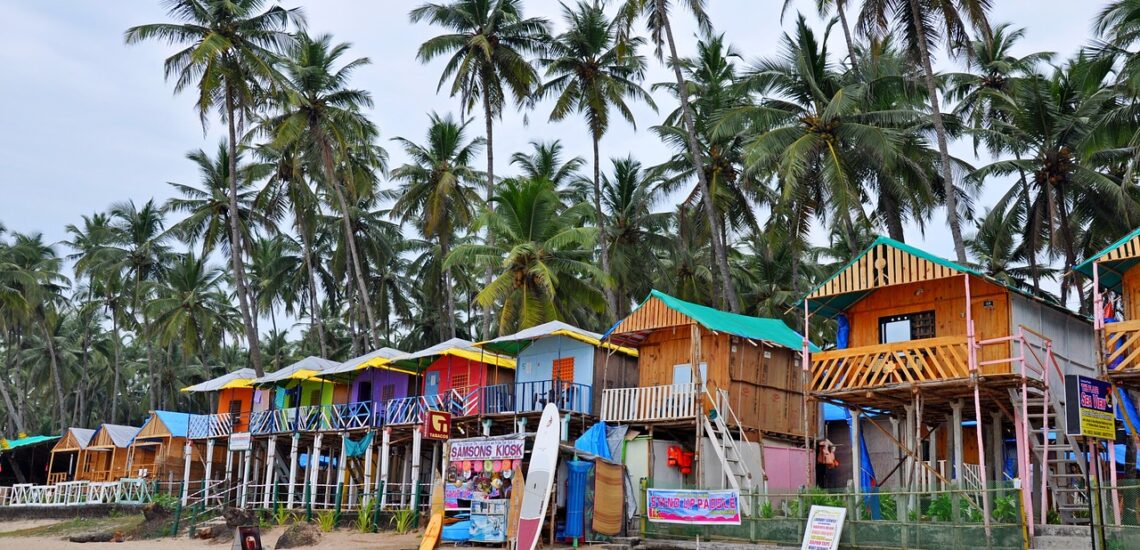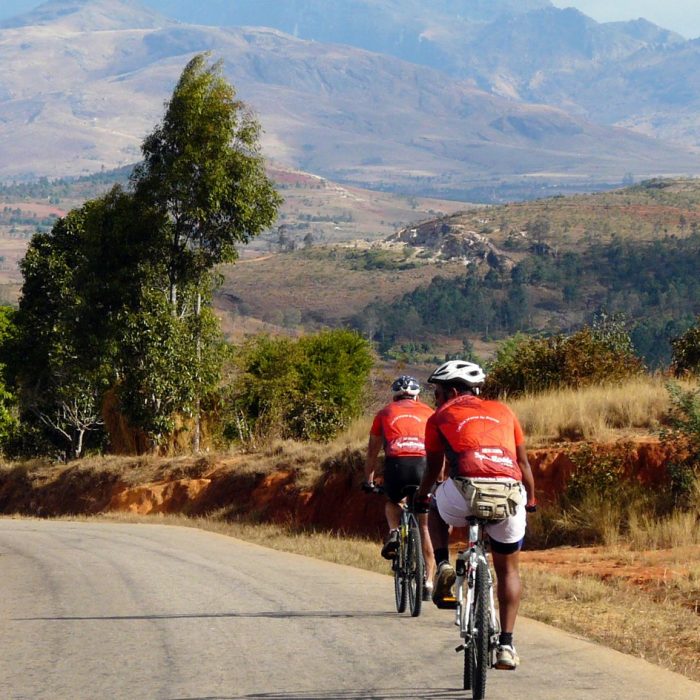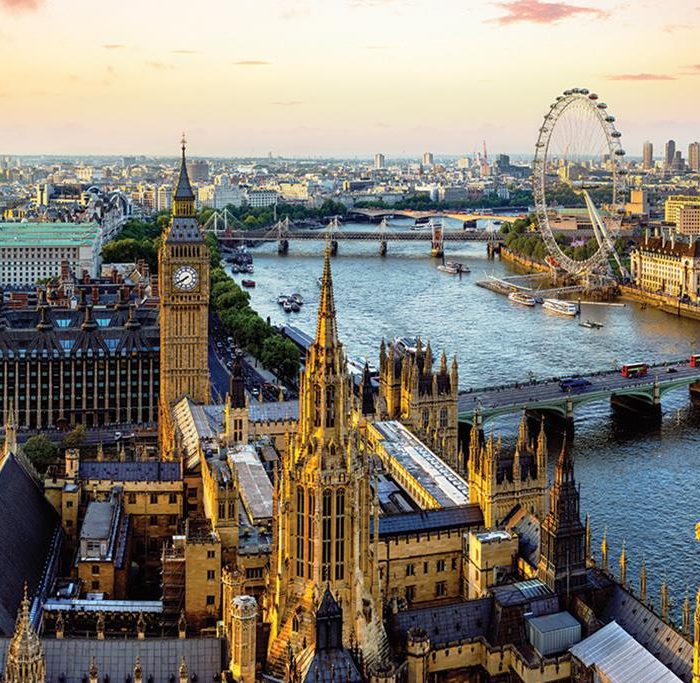10 Interesting Facts About India
Quick facts about India:
- Capital: New Delhi.
- Population: Approximately 1.4 billion people.
- Official languages: Hindi and English, with numerous regional languages recognized.
- Currency: Indian Rupee (INR).
- Geography: Diverse geography, including mountains, plains, deserts, and coastal areas.
- Religion: Pluralistic society with Hinduism as the majority religion, followed by Islam, Christianity, Sikhism, Buddhism, and others.
- Government: Federal parliamentary democratic republic.
Fact 1: Some of the oldest continuously inhabited settlements are in India
India is home to some of the oldest continuously inhabited settlements in the world. These ancient settlements, with their rich archaeological heritage, provide valuable insights into the early history and civilization of the Indian subcontinent.
Among the notable ancient settlements in India are:
- Mohenjo-daro: Located in present-day Pakistan, Mohenjo-daro was one of the largest cities of the ancient Indus Valley Civilization, which flourished around 2600-1900 BCE. Its well-planned urban layout, advanced drainage system, and sophisticated architecture indicate a high level of urbanization and social organization.
- Harappa: Like Mohenjo-daro, Harappa was another major city of the ancient Indus Valley Civilization. Excavations at Harappa have revealed a complex urban center with brick-lined streets, public buildings, and residential neighborhoods dating back to the same period as Mohenjo-daro.
- Varanasi (Kashi/Banaras): Varanasi, situated on the banks of the Ganges River in Uttar Pradesh, is one of the oldest continuously inhabited cities in the world. With a history spanning over 3,000 years, Varanasi is a sacred pilgrimage site for Hindus and a center of learning, spirituality, and culture.
- Patna: The modern city of Patna, capital of Bihar state, has ancient origins dating back to the ancient Magadha kingdom and the Maurya and Gupta empires. It has been continuously inhabited for thousands of years and has served as a major political, cultural, and commercial center throughout its history.
These ancient settlements bear witness to the long and rich history of human civilization in the Indian subcontinent, with their archaeological remains shedding light on the social, economic, and cultural life of ancient peoples.
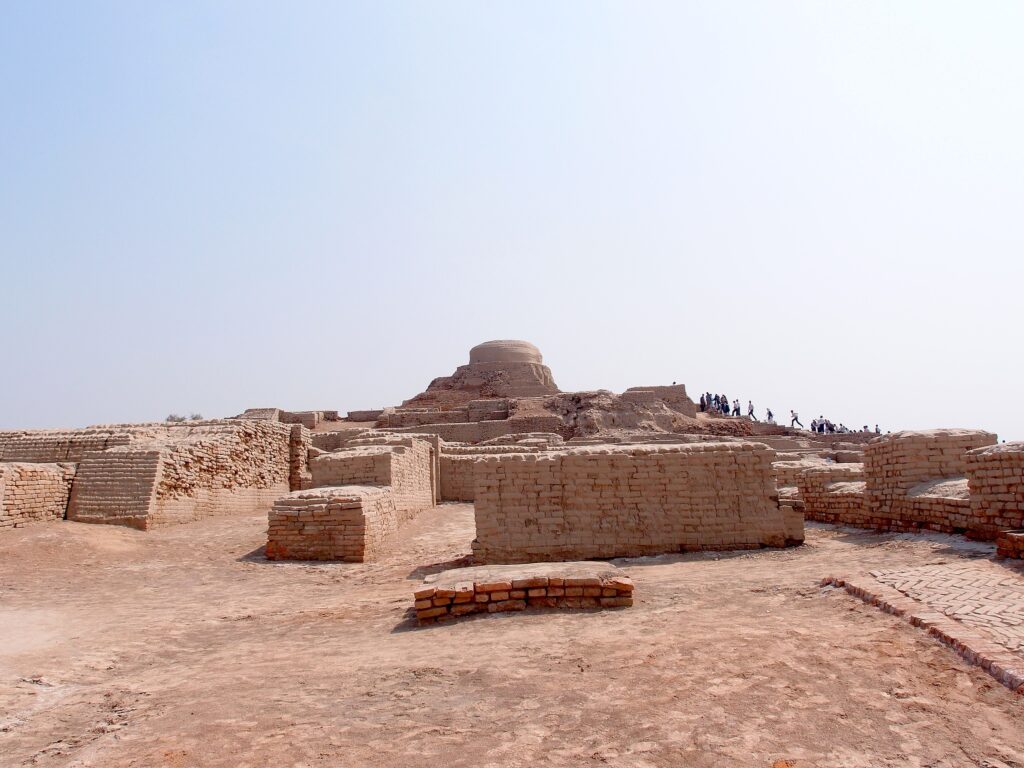 Saqib Qayyum, CC BY-SA 3.0, via Wikimedia Commons
Saqib Qayyum, CC BY-SA 3.0, via Wikimedia CommonsFact 2: Varanasi is called the “City of Light”
Varanasi is renowned as a sacred city for Hindus and is considered a significant pilgrimage site. It is believed that dying in Varanasi or having one’s ashes scattered in the Ganges River, which flows through the city, can lead to liberation from the cycle of rebirths, known as moksha or mukti.
Hindus from all over India and beyond come to Varanasi to perform funeral rites and cremate their deceased loved ones on the ghats (riverfront steps) lining the Ganges. The cremation ghats, such as Manikarnika Ghat and Harishchandra Ghat, are central to the city’s religious practices and cultural identity.
However, it’s essential to understand that Varanasi is not solely a place for death rituals. It is a vibrant and bustling city with a rich tapestry of life, spirituality, culture, and traditions. People come to Varanasi not only for end-of-life rituals but also to seek spiritual enlightenment, participate in religious ceremonies, study ancient scriptures, and experience the city’s unique atmosphere.
Varanasi’s ghats are also hubs of daily activity, with people bathing in the sacred waters of the Ganges, performing puja (ritual worship), practicing yoga and meditation, and engaging in various cultural and social activities.
Fact 3: India has some of the largest forts in the world
India is home to several of the largest and most impressive forts in the world, reflecting its rich history of military architecture and strategic importance. These forts served as strongholds, administrative centers, and symbols of power for various dynasties and empires throughout history. Some of the largest forts in India include:
- Chittorgarh Fort: Located in Rajasthan, Chittorgarh Fort is one of the largest forts in India and the largest fort complex in Asia. Spread over an area of approximately 700 acres, it encompasses numerous palaces, temples, towers, and reservoirs, showcasing Rajput architecture and history.
- Mehrangarh Fort: Situated in Jodhpur, Rajasthan, Mehrangarh Fort is one of the largest forts in India and a prominent landmark of the city. Perched on a rocky hilltop, the fort boasts massive walls, imposing gates, and palatial structures, offering panoramic views of the surrounding landscape.
- Kumbhalgarh Fort: Located in the Aravalli Range of Rajasthan, Kumbhalgarh Fort is renowned for its formidable fortifications, including the second-longest continuous wall in the world after the Great Wall of China. The fort’s extensive complex includes temples, palaces, and reservoirs, reflecting the grandeur of the Mewar dynasty.
- Gwalior Fort: Situated in Madhya Pradesh, Gwalior Fort is one of the largest forts in India and a UNESCO World Heritage Site. Its imposing sandstone walls enclose palaces, temples, water tanks, and other structures, showcasing a blend of Hindu, Mughal, and Rajput architectural styles.
- Golconda Fort: Located in Hyderabad, Telangana, Golconda Fort is renowned for its impressive acoustics and engineering marvels. The fort complex includes royal palaces, mosques, granaries, and the famous Fateh Darwaza (Victory Gate), known for its architectural beauty and acoustical effects.
Note: If you are planning to visit the country, find out if you need an International Driving License in India to drive.
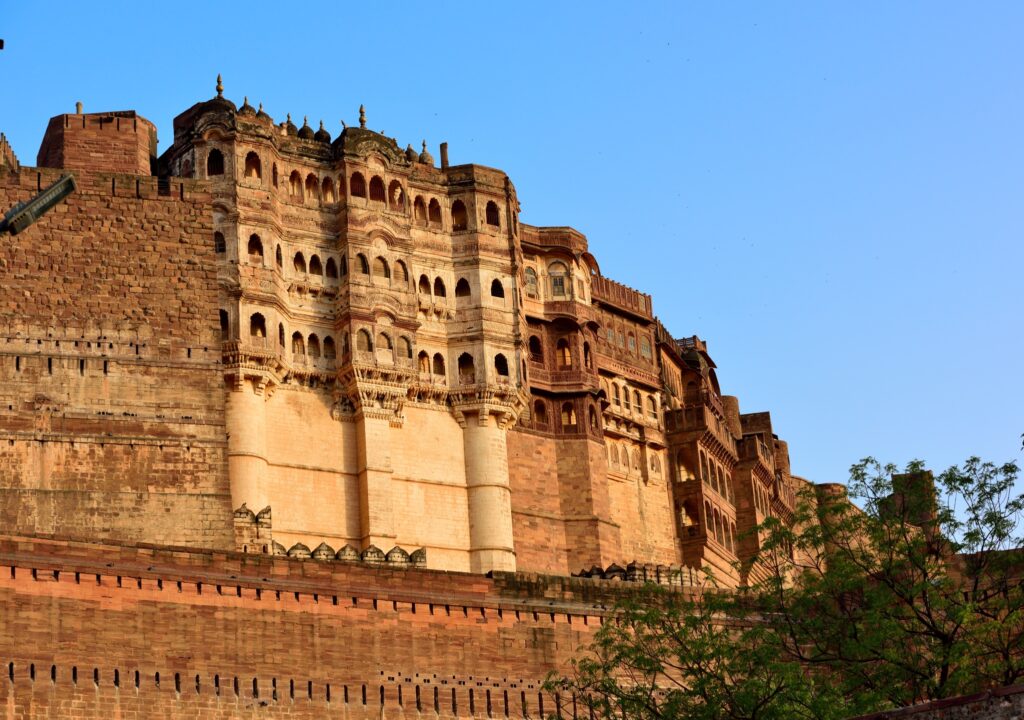
Fact 4: There are so many ethnic groups and languages in India
India is renowned for its immense ethnic and linguistic diversity, with a multitude of ethnic groups and languages spanning the country. This diversity, stemming from centuries of migration and cultural exchange, includes major ethnic groups like the Indo-Aryans, Dravidians, and Tibeto-Burmans, among others. Linguistically, India boasts a staggering array of languages, officially recognizing 22 languages in the Eighth Schedule of the Constitution, alongside hundreds of other languages and dialects. This linguistic kaleidoscope, representing diverse language families such as Indo-European, Dravidian, Austroasiatic, and Sino-Tibetan, enriches India’s cultural fabric and underscores the nation’s pluralistic ethos and inclusive identity.
Fact 5: Cows are sacred animals in India
Cows hold a special and revered status in Indian society, stemming from religious, cultural, and historical factors. Hinduism, the predominant religion in India, regards the cow as sacred and holds it in high esteem. The cow is revered as a symbol of life, purity, and motherhood, and is often associated with various Hindu deities, particularly Lord Krishna.
The veneration of cows is deeply ingrained in Indian culture and traditions, with the practice of cow worship (gau mata puja) being common in Hindu households and temples. Cows are often treated with great respect and care, and harming or killing a cow is considered taboo and offensive to many Hindus.
Furthermore, cows play a significant role in rural Indian life, serving as sources of milk, dung, and labor for agriculture. They are seen as providers of sustenance and wealth, and their products are used in various religious rituals and ceremonies.
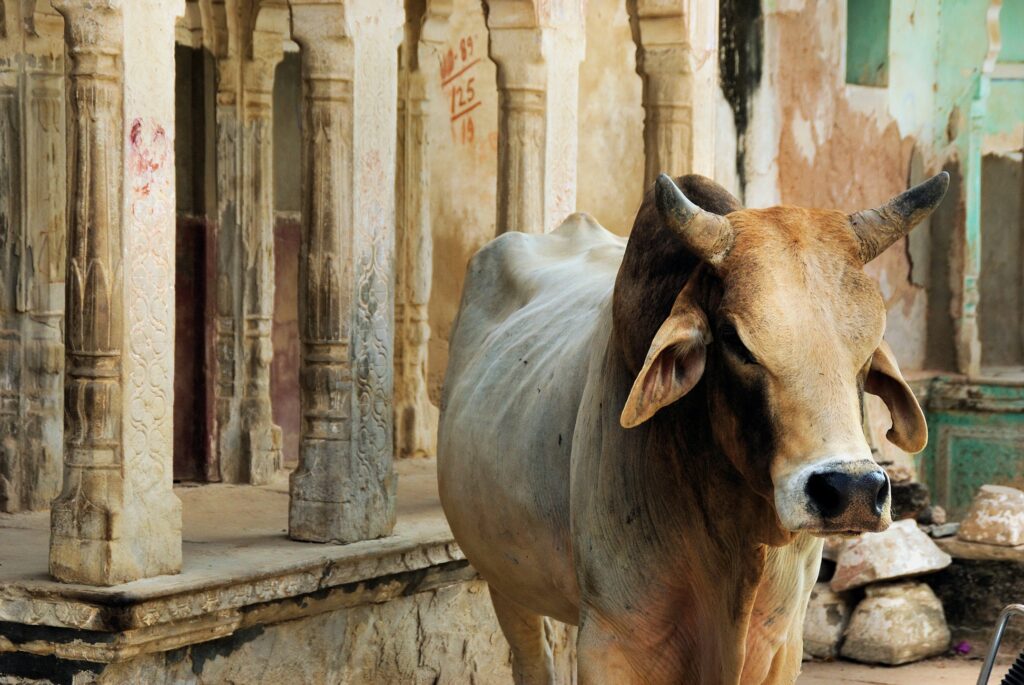
Fact 6: People in India love spicy food, chances are it will be very spicy for you
Spicy food is a hallmark of Indian cuisine, and it is widely enjoyed by people across the country. Indian cuisine is renowned for its bold and vibrant flavors, often characterized by the use of aromatic spices and chili peppers.
Many traditional Indian dishes, such as curry, biryani, and masala, incorporate a variety of spices like cumin, coriander, turmeric, and chili powder, which contribute to their distinctive taste and aroma. Chili peppers, in particular, are used abundantly in Indian cooking to add heat and depth of flavor to dishes.
Fact 7: India offers a very diverse nature
India is blessed with an incredibly diverse natural landscape, offering a wide range of ecosystems and terrain that cater to various interests and preferences.
Beaches: India boasts a stunning coastline that stretches over 7,500 kilometers (4,660 miles) along the Arabian Sea, the Indian Ocean, and the Bay of Bengal. From the palm-fringed beaches of Goa and Kerala to the pristine shores of Andaman and Nicobar Islands, India offers an abundance of sun-kissed beaches that attract tourists and beach lovers from around the world.
Jungles: India is home to dense tropical forests, teeming with diverse wildlife and lush vegetation. National parks and wildlife sanctuaries such as Jim Corbett National Park, Ranthambore National Park, and Periyar Wildlife Sanctuary offer opportunities for wildlife safaris, birdwatching, and nature walks amidst dense jungles and verdant landscapes.
Mountains: The northern region of India is dominated by the majestic Himalayas, the highest mountain range in the world. With snow-capped peaks, alpine meadows, and picturesque valleys, the Himalayas offer breathtaking vistas and opportunities for trekking, mountaineering, and adventure sports. Popular mountain destinations include Manali, Leh-Ladakh, and Shimla.
Deserts: India’s western region is home to the vast Thar Desert, also known as the Great Indian Desert. Stretching across the states of Rajasthan, Gujarat, and parts of Haryana and Punjab, the Thar Desert is characterized by sweeping sand dunes, arid landscapes, and vibrant desert culture. Desert safaris, camel rides, and cultural experiences are popular attractions in this region.
In addition to these main ecosystems, India also features diverse terrain such as fertile plains, rolling hills, serene lakes, and dense forests, making it a paradise for nature enthusiasts and adventurers alike.
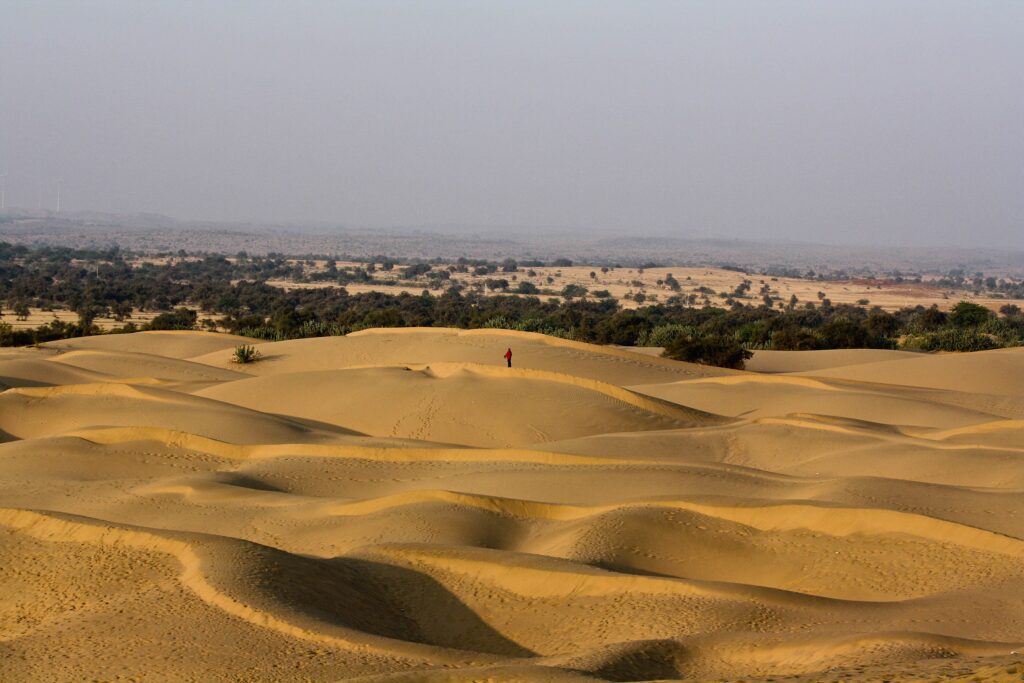 sushmita balasubramani, CC BY 2.0, via Wikimedia Commons
sushmita balasubramani, CC BY 2.0, via Wikimedia CommonsFact 8: India can be called a vegatarian nation
With a significant portion of the population adhering to vegetarian diets, vegetarianism is widespread and deeply ingrained in Indian cuisine and culture. Many Indians, influenced by religious practices such as Hinduism, Jainism, and Buddhism, choose to abstain from consuming meat and fish. As a result, vegetarianism is widely practiced and respected across the country, making India known for its rich variety of vegetarian dishes and culinary traditions. However, it’s essential to recognize that while vegetarianism is prevalent in India, the country also has a sizable non-vegetarian population, particularly in certain regions and communities. Therefore, while India is often associated with vegetarianism, it may not be accurate to categorize it as exclusively a vegetarian nation.
Fact 9: Not only the Taj Mahal in India is worth visiting
While the Taj Mahal is undoubtedly one of the most iconic and revered monuments in India, there are numerous other sites that are equally worth visiting. Some of the UNESCO World Heritage Sites in India include:
- Agra Fort: Located in Agra, Uttar Pradesh, Agra Fort is a UNESCO World Heritage Site renowned for its impressive Mughal architecture and historical significance. It served as the main residence of the emperors of the Mughal Dynasty until 1638.
- Qutub Minar: Situated in Delhi, Qutub Minar is the tallest brick minaret in the world and a UNESCO World Heritage Site. Built in the early 13th century, it is an excellent example of Indo-Islamic architecture and is adorned with intricate carvings and inscriptions.
- Jaipur City, Rajasthan: The historic city of Jaipur, known as the “Pink City,” is a UNESCO World Heritage Site recognized for its well-preserved architecture, including the City Palace, Jantar Mantar observatory, and Hawa Mahal (Palace of Winds).
- Fatehpur Sikri: Located near Agra, Fatehpur Sikri is a UNESCO World Heritage Site renowned for its stunning Mughal architecture and well-preserved ruins. Built by Emperor Akbar in the 16th century, it served as the capital of the Mughal Empire for a brief period.
- Hampi: Situated in Karnataka, Hampi is a UNESCO World Heritage Site famous for its ancient ruins, temples, and monuments dating back to the Vijayanagara Empire. The site is known for its impressive rock-cut architecture and picturesque landscape.
- Khajuraho Group of Monuments: Located in Madhya Pradesh, the Khajuraho Group of Monuments is a UNESCO World Heritage Site renowned for its exquisite Hindu and Jain temples adorned with intricate sculptures and carvings depicting various aspects of life.
These are just a few examples of the many UNESCO World Heritage Sites scattered across India, each offering a unique glimpse into the country’s rich history, cultural diversity, and architectural brilliance. India has more than 50 sites as candidates for UNESCO listing for 2024.
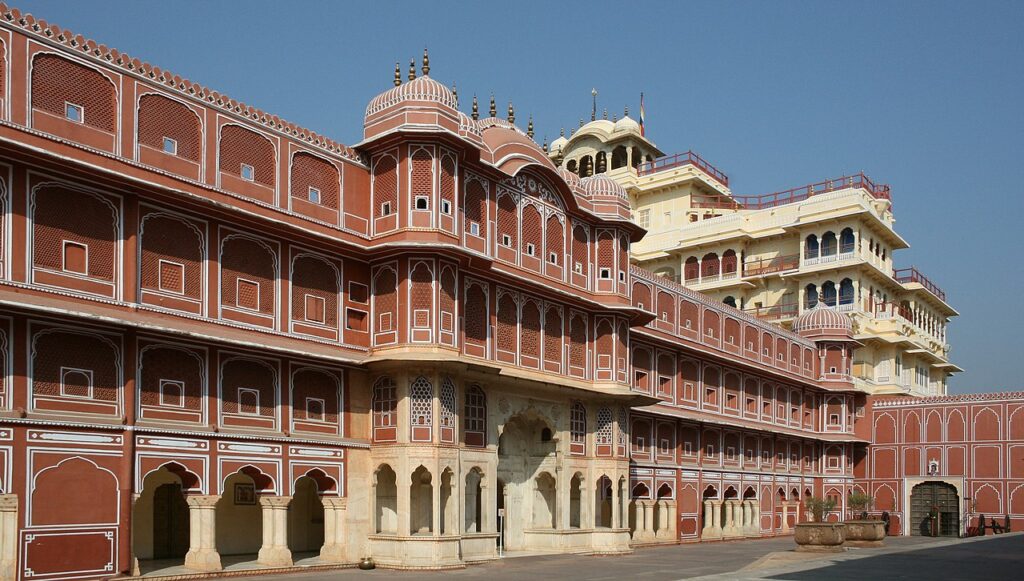 Diego Delso , CC BY-SA 4.0, via Wikimedia Commons
Diego Delso , CC BY-SA 4.0, via Wikimedia CommonsFact 10: India plans to bring back the name Bharat
India has a rich cultural heritage, and the name “Bharat” has deep roots in its history and mythology. In fact, “Bharat” is one of the traditional names for India in various Indian languages and is derived from ancient Sanskrit texts, including the epic Mahabharata. The idea of officially adopting the name “Bharat” for the country has been proposed at various times as a symbolic gesture to honor its ancient heritage and promote national identity. Plans to officially rename India Bharat were last announced in 2023.

